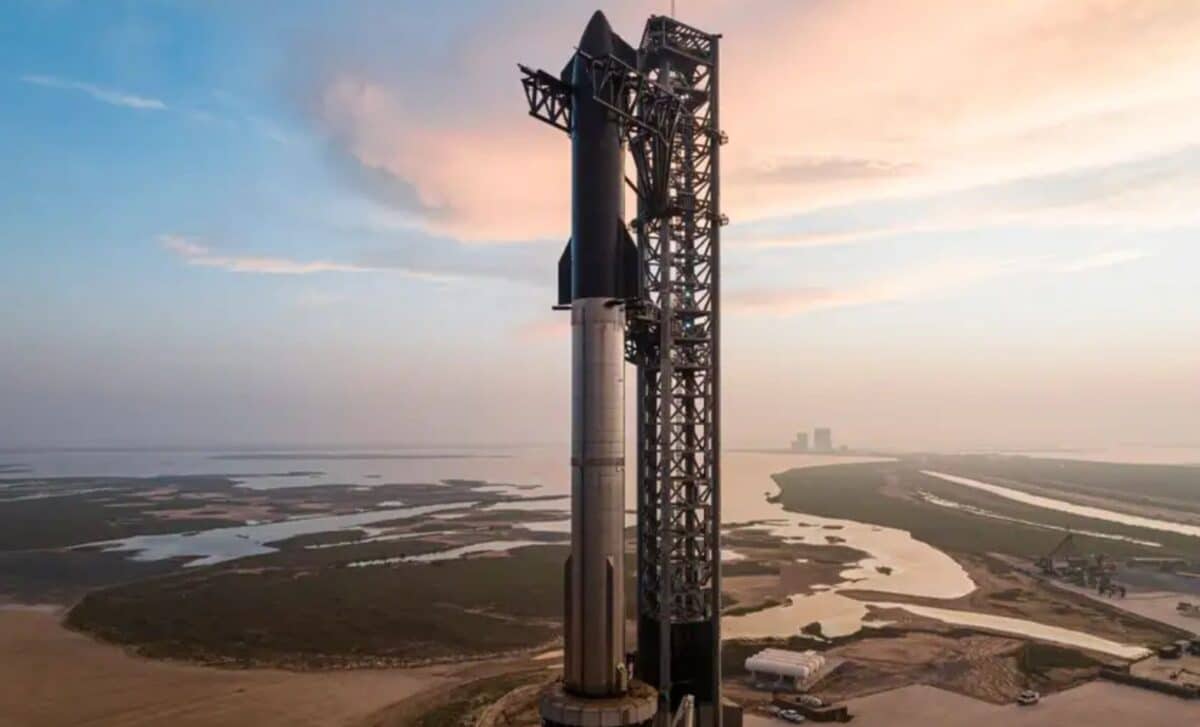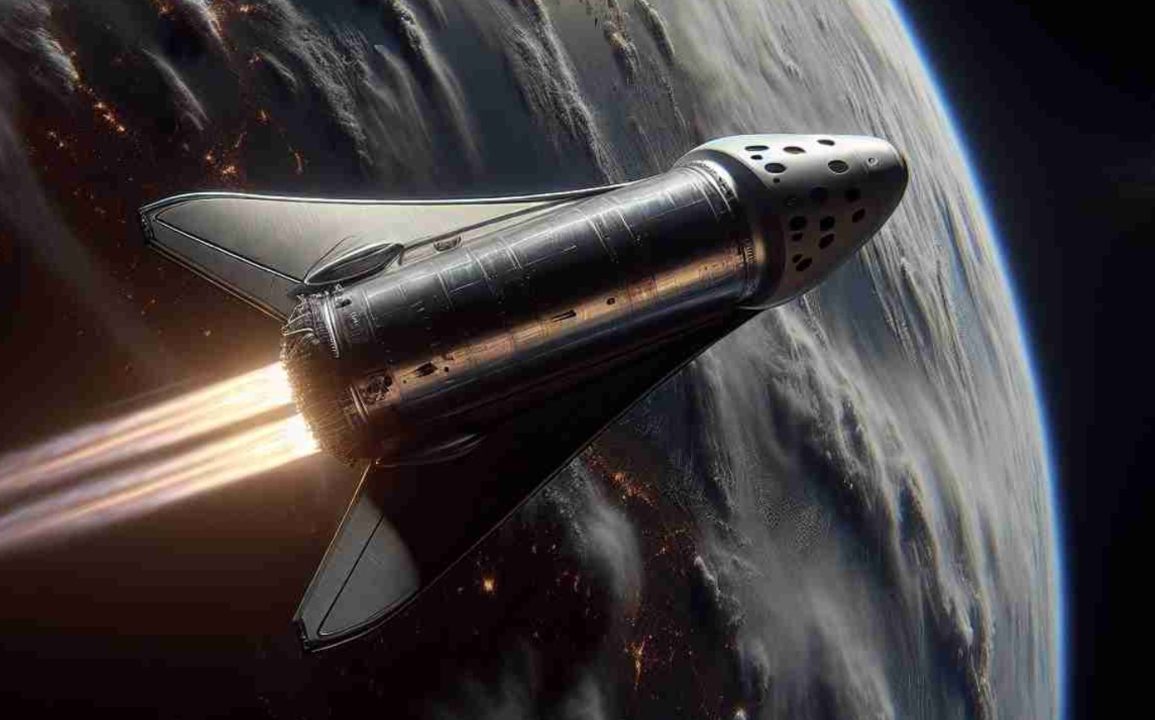SpaceX is on the brink of launching the latest test flight of its Starship rocket system, which is regarded as the most powerful rocket ever built. This mission is pivotal for SpaceX’s future plans to transport humans to the Moon and Mars.
Scheduled to occur during a 30-minute window starting at 8 a.m. ET, the launch will take place at SpaceX’s Starbase facility in Boca Chica, Texas. The test will involve the Super Heavy rocket booster, which will carry the uncrewed Starship spacecraft atop it.
In a groundbreaking move, this mission aims to recover the 232-foot-tall Super Heavy rocket booster mid-air. After expending most of its fuel, the booster will separate from the Starship and attempt to land using a massive landing structure called “Mechazilla,” equipped with giant arms referred to as “chopsticks.”
While the Super Heavy attempts this unprecedented recovery, the Starship spacecraft will continue its flight autonomously, using its six onboard engines for a controlled landing over the Indian Ocean. However, SpaceX does not plan to recover the upper spacecraft during this test.

The primary objective of this test is to evaluate the feasibility of rapidly recovering and reusing both the Super Heavy boosters and the Starship spacecraft. This capability is crucial for reducing costs and increasing the efficiency of transporting cargo and crew to orbit and beyond.
SpaceX is particularly focused on using Starship for NASA’s Artemis III mission, which aims to return astronauts to the lunar surface by 2026, while also setting the stage for future crewed missions to Mars.
SpaceX’s journey with Starship has involved a series of increasingly complex test flights since its inception. The program began with early tests of a prototype named “Starhopper” in 2019, which only performed brief hops.
In April 2023, the first integrated test flight of the Starship and Super Heavy was conducted but ended in failure with an explosion shortly after launch. Despite these setbacks, SpaceX regards such failures as essential learning opportunities for refining their designs.
In subsequent tests, including a significant one in June, both the booster and spacecraft successfully executed landing maneuvers, although the vehicles experienced damage.
The upcoming test flight is designed to further improve the booster recovery process, leveraging the experience SpaceX gained from its successful Falcon 9 rocket booster recoveries. This experience is crucial for overcoming the new challenges posed by the larger and more complex Starship system.
Musk’s ambitious vision includes achieving rapid rocket reuse, with the goal of returning the Super Heavy booster to the launch pad within minutes after landing. While the objectives for this test flight are bold and technically demanding, Musk remains optimistic, stating that success is a feasible outcome.
However, there are significant challenges ahead, such as developing the capability to refuel Starship in orbit, which is essential for lunar missions. Any delays in achieving these goals could impact NASA’s timelines for the Artemis program, which aims to land astronauts on the Moon for the first time since the Apollo era.

